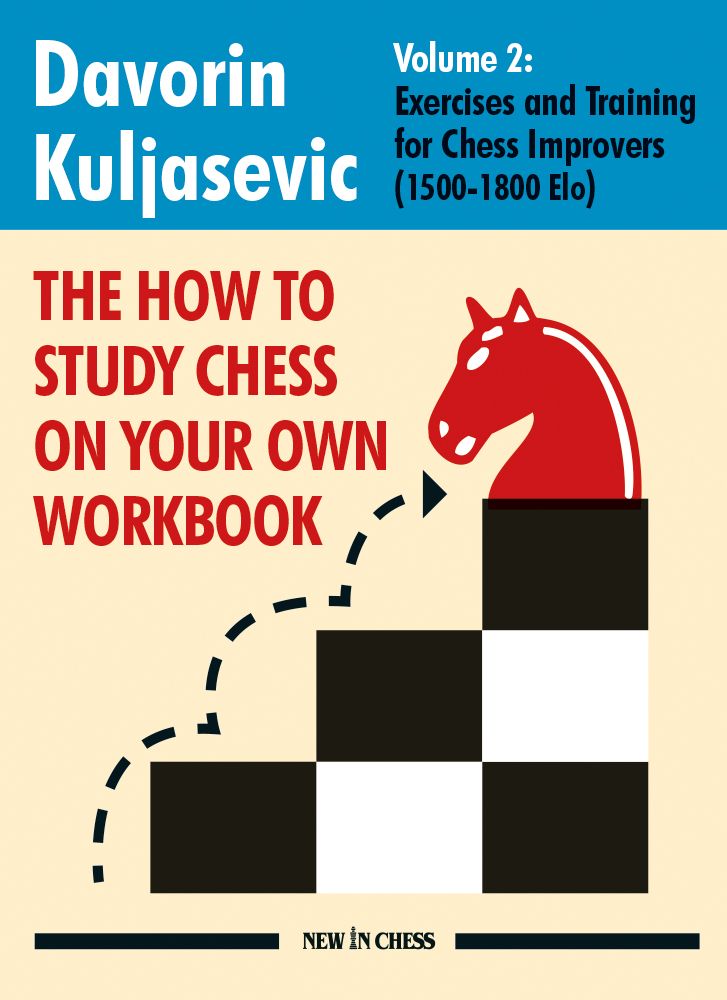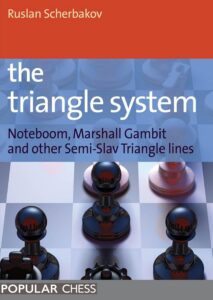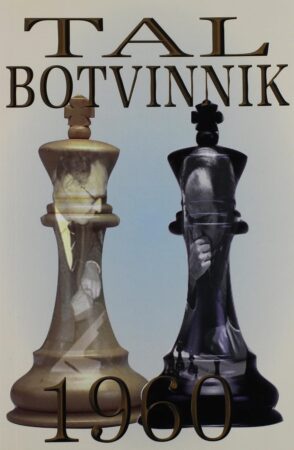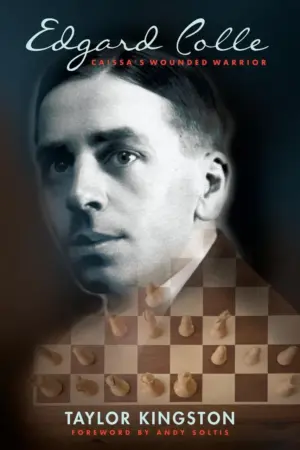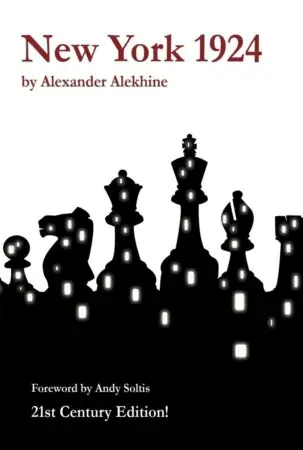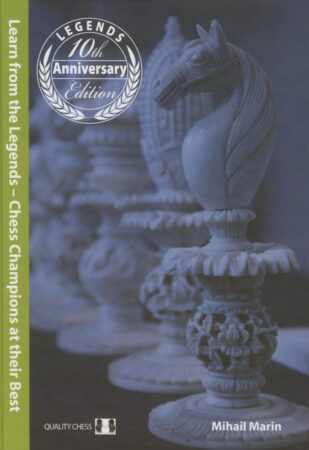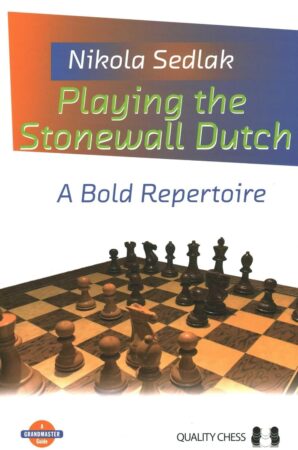How to Study Chess on Your Own Workbook – Volume 2 is intended for players between 1500 and 1800 FIDE. To quote Kuljašević: “Knowing how to study is important, but doing the actual work matters more.” This workbook, and the other two volumes in the series, are handpicked material based on his idea of how to study effectively according to your current strength.
This is a workbook on tactics and calculation, strategy, and complex endgames. It does not cover openings, or what Kuljašević refers to as “general improvement” in The How to Study Chess on Your Own. It consists of 120 exercises divided into three modules: tactics, middlegame, endgame. As opposed to volume one of the workbook, aimed at higher rated players, volume two focuses a bit more on visualization skills, since, as Kuljašević puts it, players in this range often struggle with this vital chess skill.
According to rating, I’m not the perfect audience for the workbook, so my results were expectedly very good (they were for the volume one workbook too). My total completion rate was 97%. I found most of the exercises relatively simple, but highly instructive nevertheless. I started using many of them as training material for my own students who fall into, and below that rating range.
The solutions to the exercises are annotated in great detail, written well (which is the case for all four books in the series), and explain the ideas behind the solutions well. That, to me, is the most important part of a puzzle book. Anyone can just give you a problem and the engine solution. Kuljašević has done a very good job of explaining the thought process behind the ideas.
If you are rated under 1800, I would recommend that you go through the workbook. It’s very likely that it will significantly improve your visualization skills, sharpen your play and help you improve at tactics, strategy, and navigating complex endgames.
How to Study Chess on Your Own is one of the greatest chess book series I’ve ever read. And I’m not just saying that because Davorin Kuljašević is from my home town. His series is the chess equivalent of Lao Tzu’s “Give a man a fish and you feed him for a day. Teach him how to fish and you feed him for a lifetime.” Not many chess coaches and authors have embarked on the journey of teaching everyone how to study by themselves. They need to keep selling fish.
How to Study Chess on Your Own is a series of four books. The first volume is a guide on how to approach independent chess study and its purpose is to, as Davorin puts it: “Encourage readers to study with proper structure, and help readers become independent in their study.” It covers every aspect of chess study; how to create plans and training schedules, how to optimize learning processes, how to develop healthy studying habits and eliminate the useless and harmful ones, how to distribute time and what areas to focus on, which resources to use depending on your level, and, most importantly, how to study openings, middlegames, and endgames on your own.
The series is intended, as he puts it, for everyone from casual club players to chess professionals. The other three volumes in the series are workbooks, each for a separate level range (1500-1800, 1800-2100, and 2100+).

